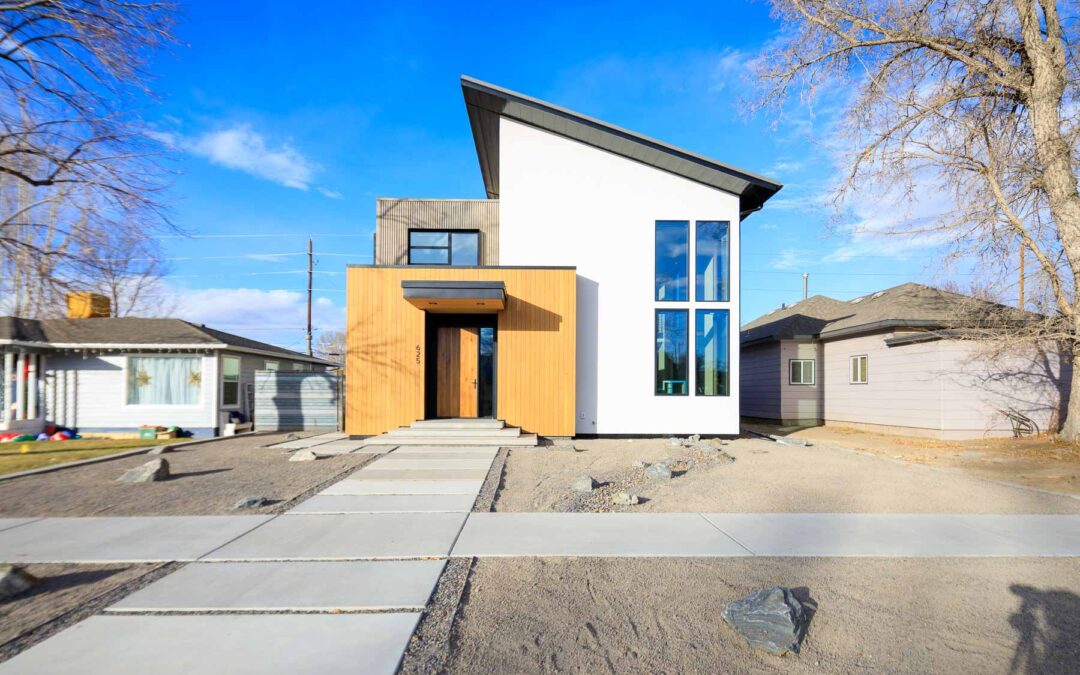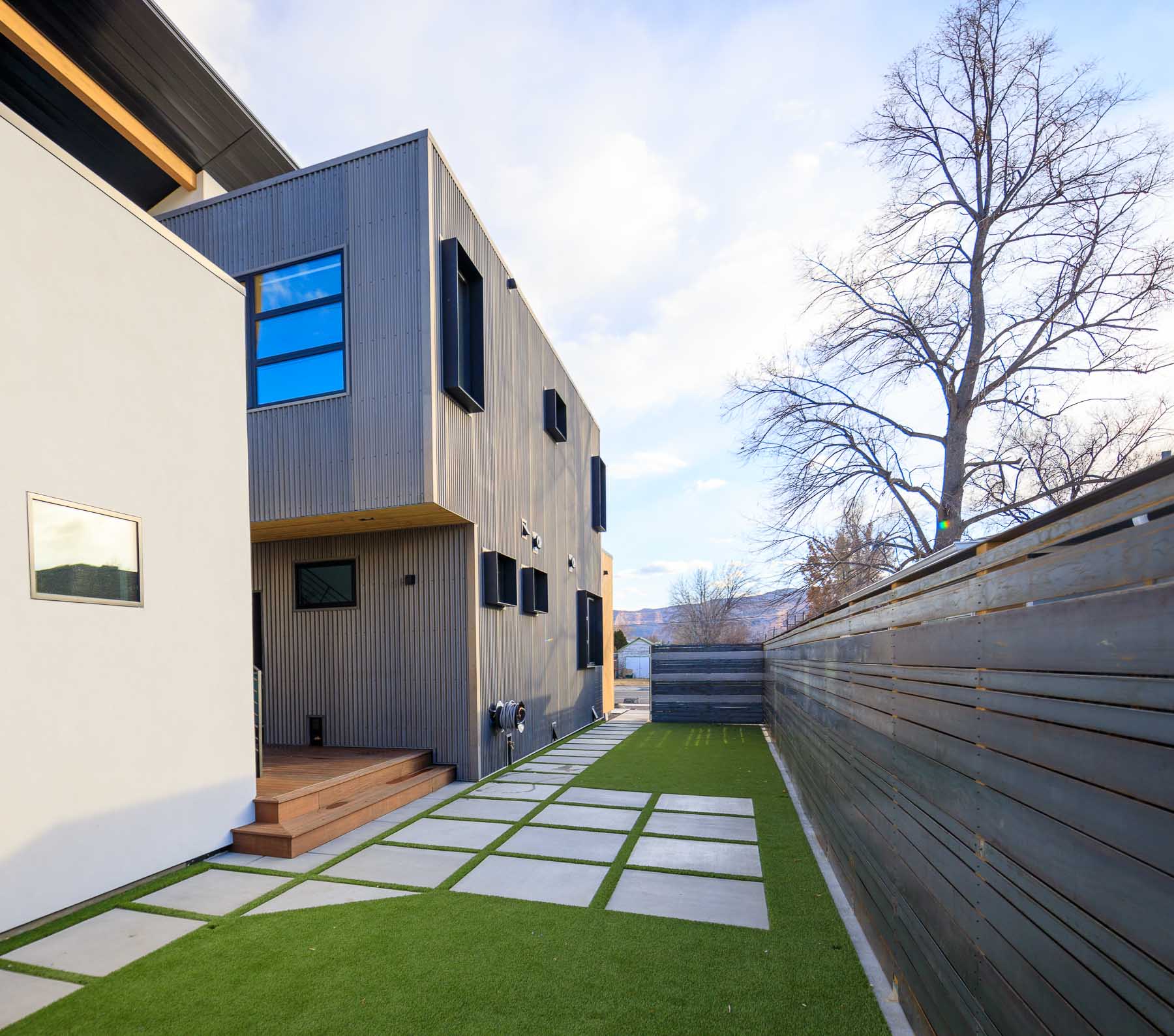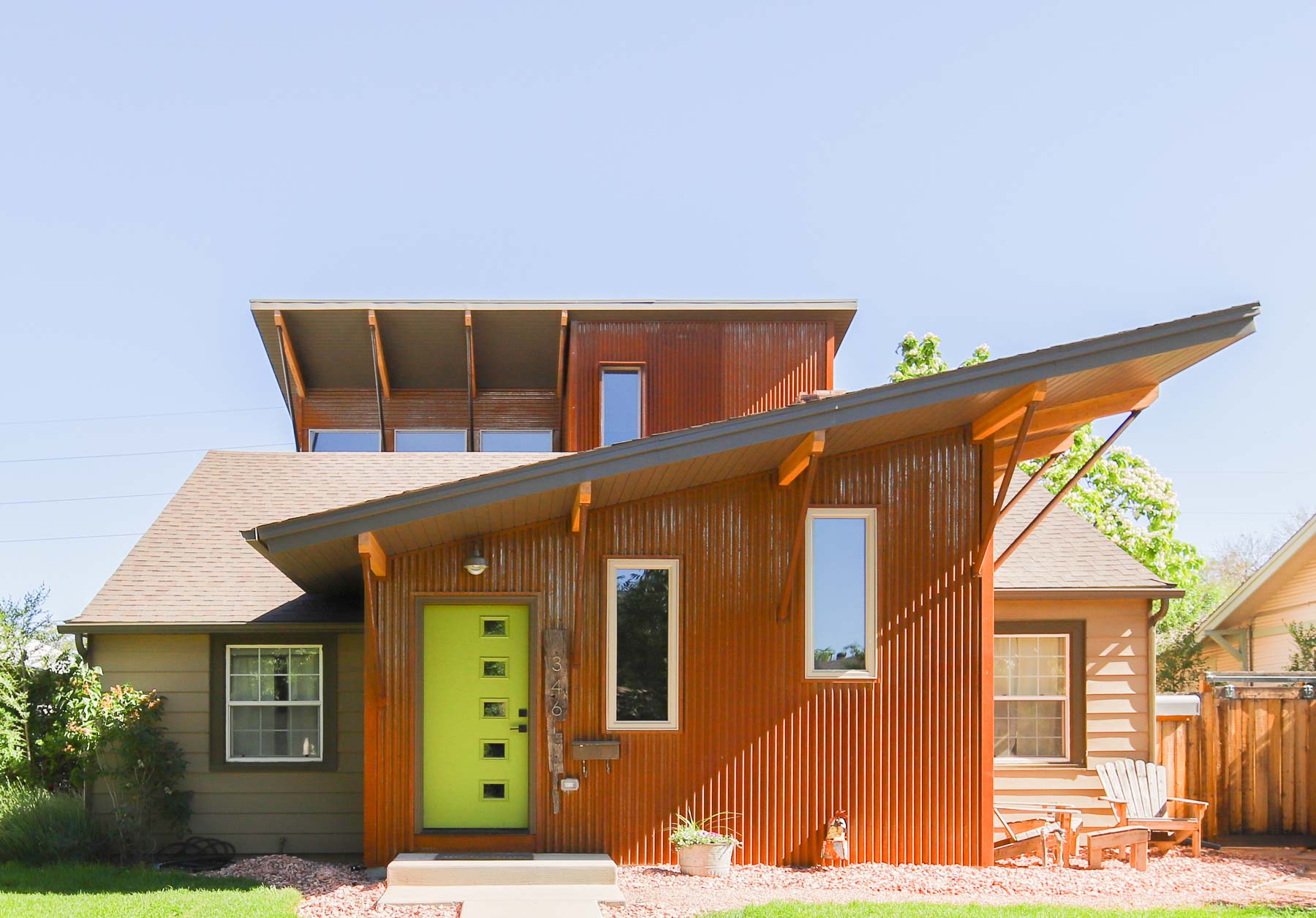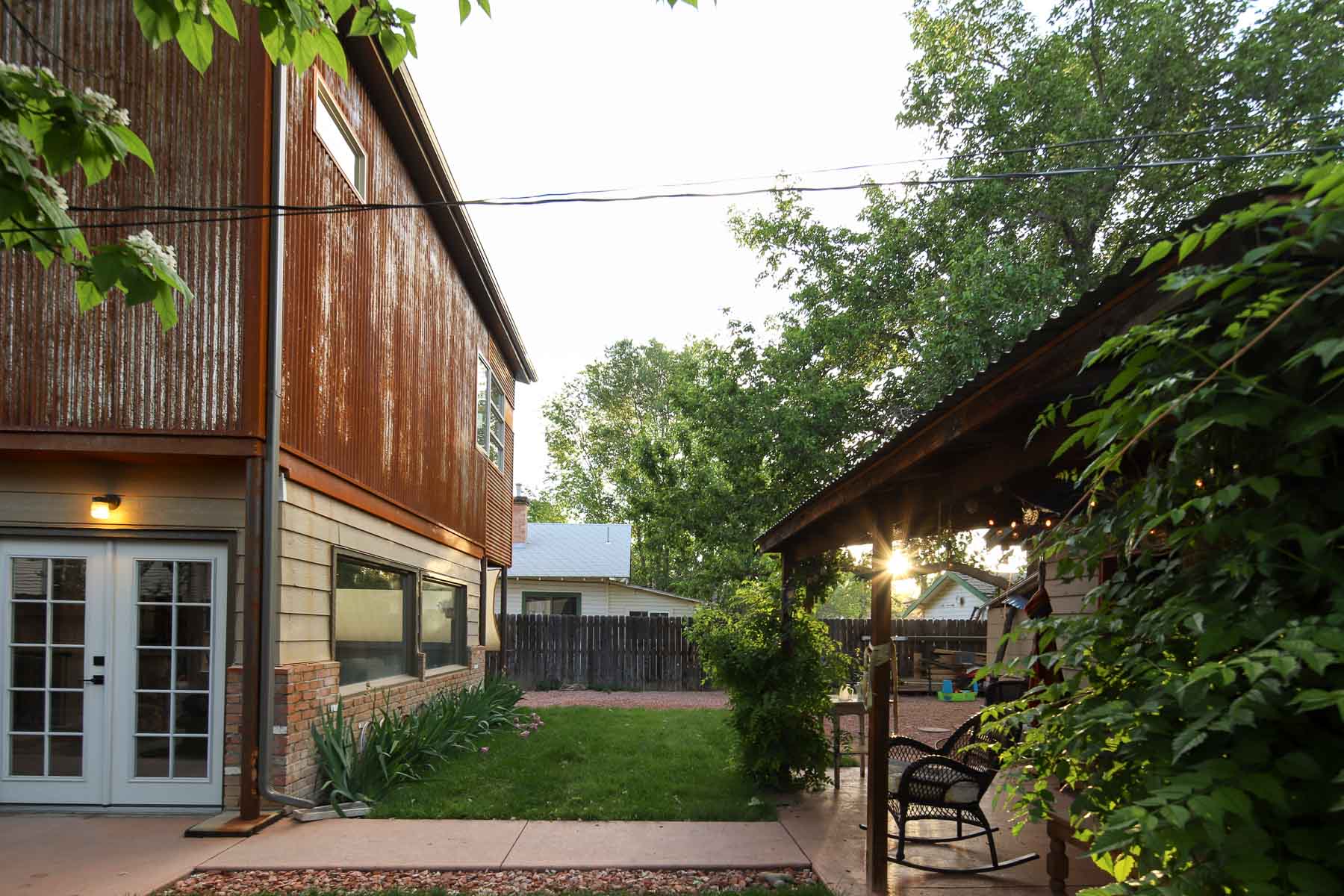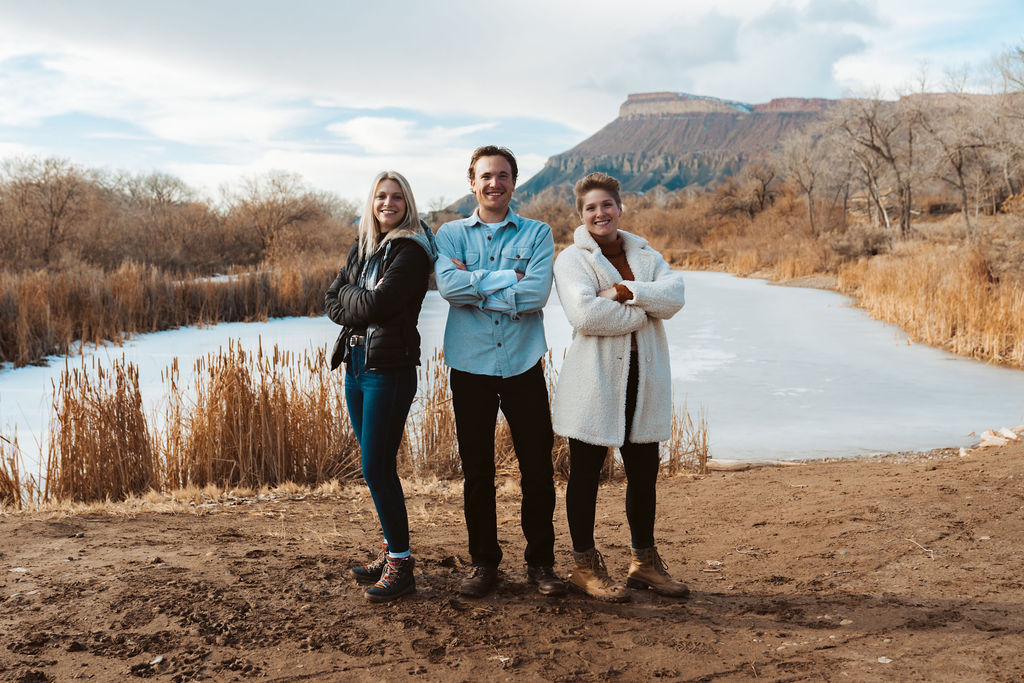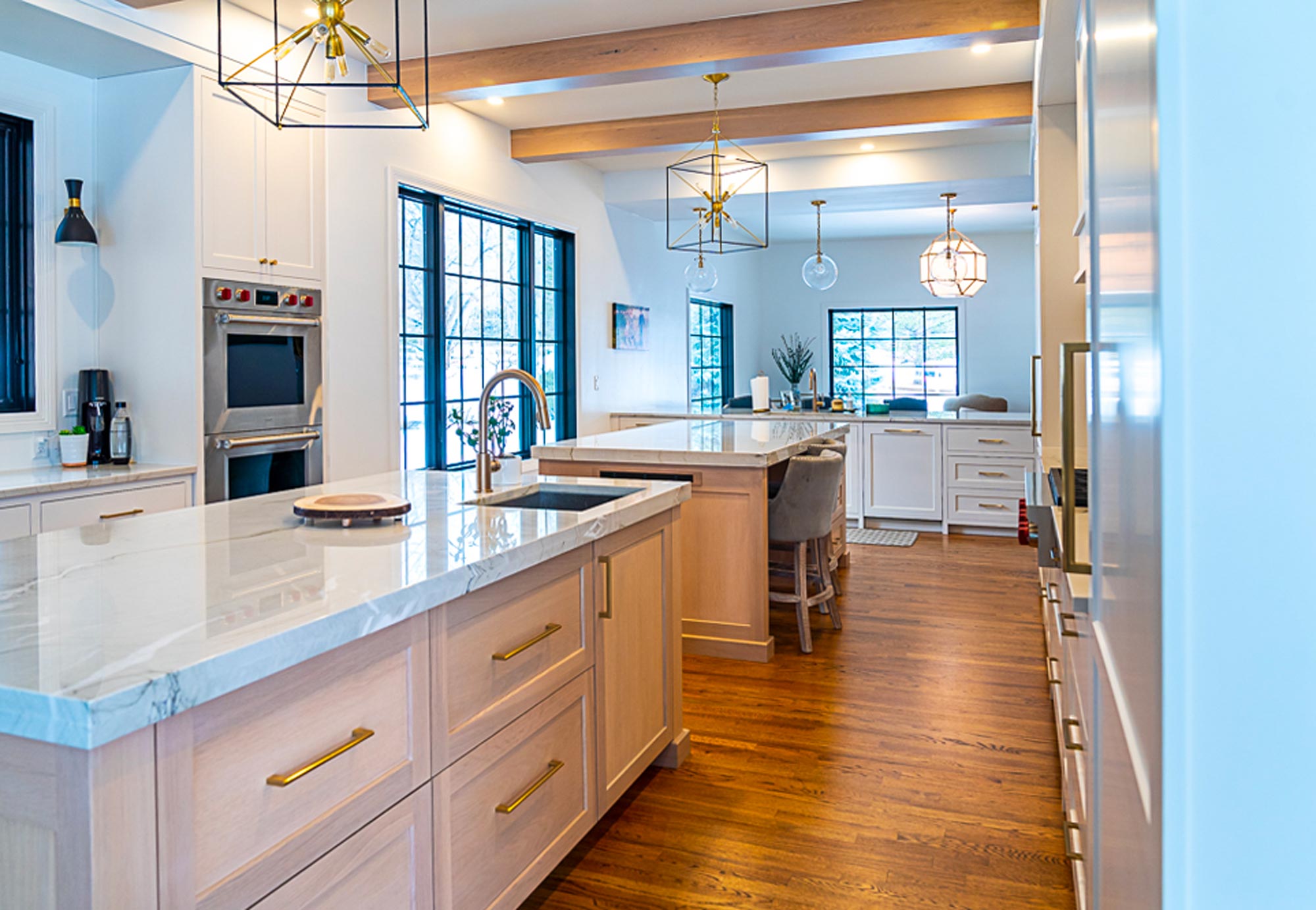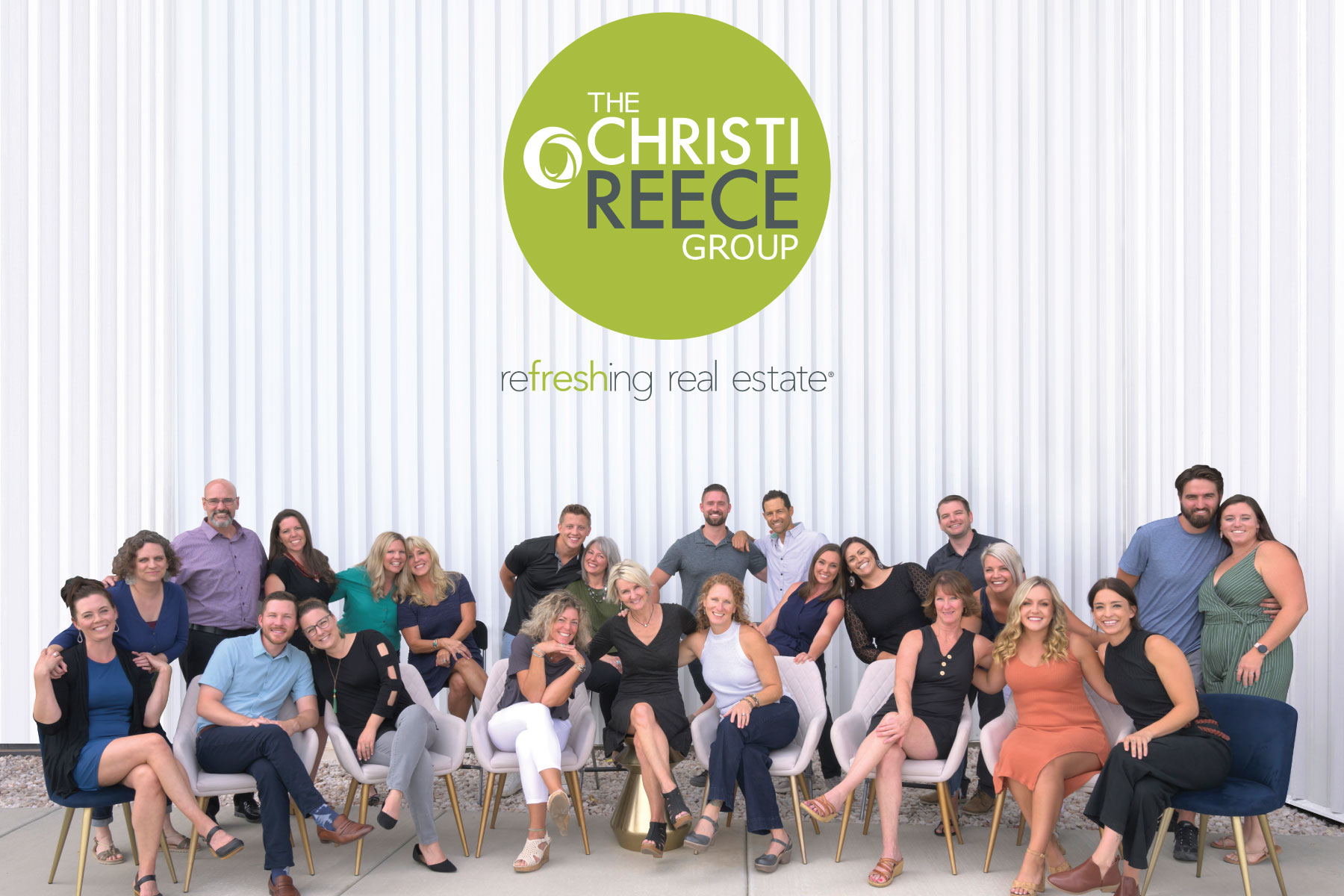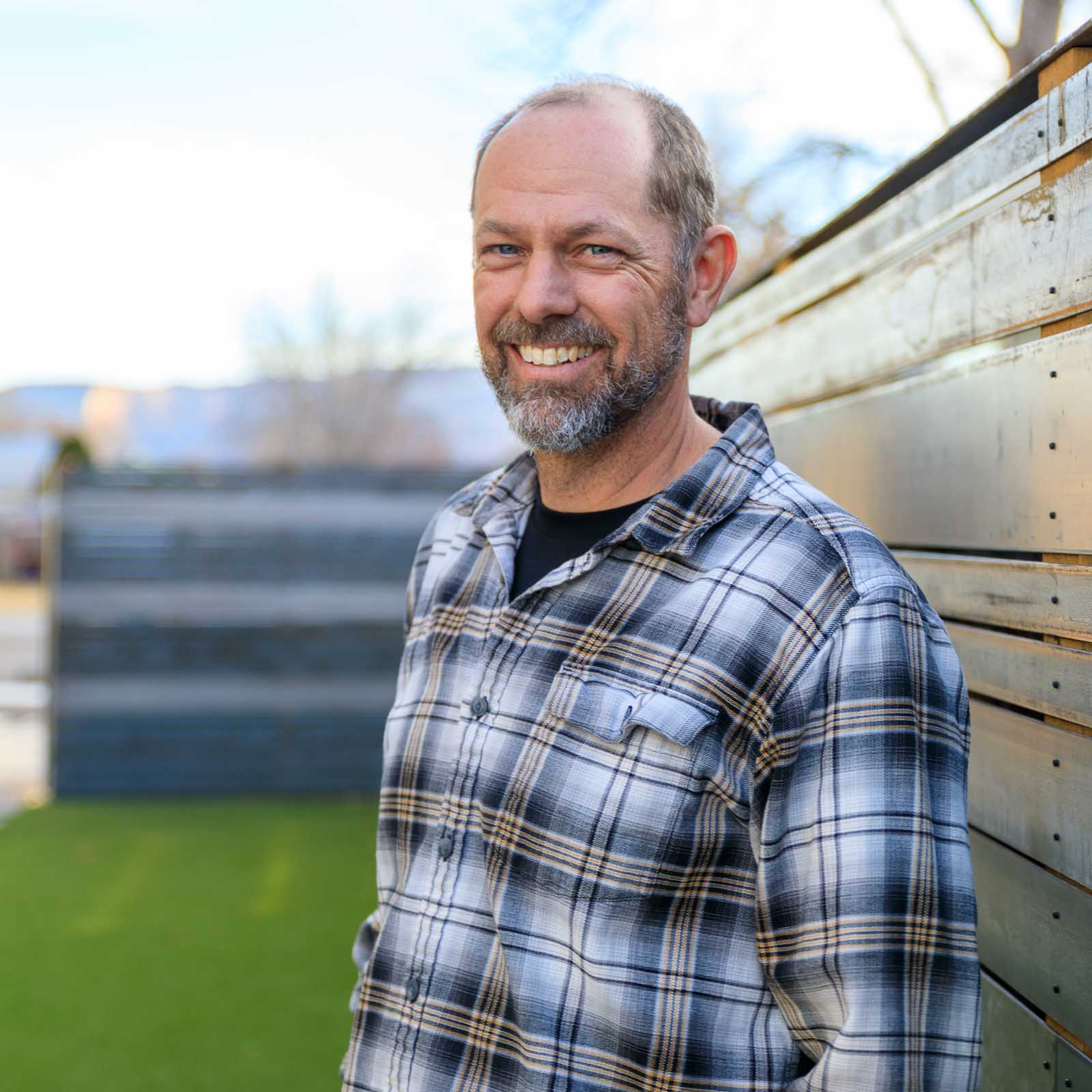We look to our past to understand where we are going.
Building a modern house in a Colorado historic district may seem daunting or even unattainable. You may worry about undermining the integrity of a neighborhood or having to fit your vision into narrow architectural regulations.
But neighborhoods don’t exist in a vacuum. They are living, dynamic and always changing. Your contribution to the change can be sustainable and healthy, for our planet and for the aesthetics of your community.
Designing a Modern House Is About More Than Creating a Beautiful Shelter
Ryan, the owner of RG Cowan Design Build, describes how “for the past 17 years, I’ve been learning and building on the Colorado Western Slope. I’ve been building here since 2003. During the 2008 recession, I returned to college to study architecture. This experience broadened my perspective and changed my thinking.
To me, residential architecture is about more than creating a beautiful shelter. It’s a way to think bigger than ourselves and further than the present. We can integrate sustainability practices and quality construction. In this way, we minimize our footprint and are mindful of generations to come. Additionally, architecture is about our own expression and the ongoing evolution of our buildings, cities, and towns over time.”
How Do You Integrate a Modern House Into an Established Colorado Neighborhood?
Many of Fruita’s historic buildings are along Aspen Avenue. While the term “historic district” has specific connotations, this discussion is much bigger than that.
Building a modern house in a neighborhood with traditional houses begs the question, what is “appropriate architecture?” Some may refer to these older neighborhoods as “historic.” But the term is highly subjective.
If you think about it, we all have different ideas about terms like “modern,” “contemporary,” “traditional,” and “historic.” Coming to a shared understanding of these terms is the first step in building intentionally and respectfully.
Modern Houses Versus Historic Renovations in Fruita, Colorado
We’ve been lucky to complete some beautiful historical renovations. These have been rewarding projects that have allowed us to blend a newly renovated home within truly historic context. These renovations also stand as a testament to our own place and time.
But what about clients who want modern houses? How do we evaluate and resolve those builds? First, we define the preferred aesthetic. Then we study the homeowners’ goals and consider the context in which the home will exist. Finally, we define the architecture style that the home is going to take on.
A Rustic Take on a Modern Home in Grand Junction, Colorado
In our renovation of a midcentury house on Rood Avenue in downtown Grand Junction, we took a rustic but modern approach.
In the 1950s, ranch homes were built everywhere, in a fast and furious manner. They were the track houses of their day. This house was in no way historical. But it is situated in a neighborhood with an older, conventional housing stock.
Our clients’ goal was to gain an entry space with storage. They also wanted a master suite that allowed them to remain downtown but provided space for their growing family. In addition to meeting the clients’ space needs, we were able to create a form that was creative, modern, and functional.
In part, we transformed this home into a modern house by cladding the exterior in corrugated bareskin metal siding. This provided a durable barrier with clean lines and a contextual sense of age. We also added deep eaves to shade the house on the south side and architectural steel bracketing to support these overhangs. This project was outside of the typical style for its older neighborhood, but replicating older pedestrian homes was not the goal for this young family.
Western Colorado’s Modern Houses Are Often Spawned From An Organic Evolution of Housing Stock
When it comes to typical styles of residential design within smaller Colorado communities like Grand Junction or Fruita, what we have today is an unregulated, organic evolution of people’s free will and financial capacities. Usually, it’s not “historic.” Rather, it’s a pure representation of desire, money, technology, available materials, and the resulting forms. All of these factors change over time.
When We Talk About “Historic Architecture,” What Do We Mean?
“Historic buildings” are not simply old buildings. They are the result of people’s nostalgia for certain relevant structures, as relates to human experiences, activities, and events within these places.
Many of the older single family residences in these areas are under-built for a modern family and will not stand the test of time.
Problems With Old Houses
- Most old houses are not sound structures.
- Many old homes are on poor foundations.
- Almost all old housing stock is on unprepared soils.
- All old houses lack the ability to be properly energy efficient and durable to a modern standard, in order to stand proudly for the next 100-200 years.
I have remodeled many old houses and often pondered the time and money spent “saving” small, poorly built residential structures. Often the homeowner leaves a large portion of the project unresolved due to financial constraints.
Don’t get me wrong, some buildings are certainly worth saving. Some are truly special and have tremendous historic value based on the stories they hold in their walls.
Defining A Vision For Your Colorado Modern Home
As a team, we work with our clients to define a shared language as we create a home from concept to completion. It’s also our responsibility to determine what parts of a home are truly worth saving, and move forward with a vision from there. Whether considering a modern house from the ground up or updating an existing space, RG Cowan Design Build can bring your vision to life.

